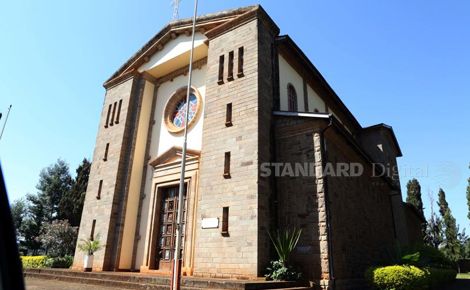×
The Standard e-Paper
Fearless, Trusted News
 |
| The magnificent Italian Memorial Church at Mathari in Nyeri County. PHOTO: MOSE SAMMY/STANDARD |
Five kilometres from Nyeri town is the Italian War Memorial Church which houses the remains of Italian soldiers captured by the British Army during World War II.
The sanctuary, which has a hidden history, is the final resting place of 676 Italian soldiers. It has another structure beside it with remains of African soldiers, majority of them being of Somali origin, who could not be buried inside the church because of their faith.